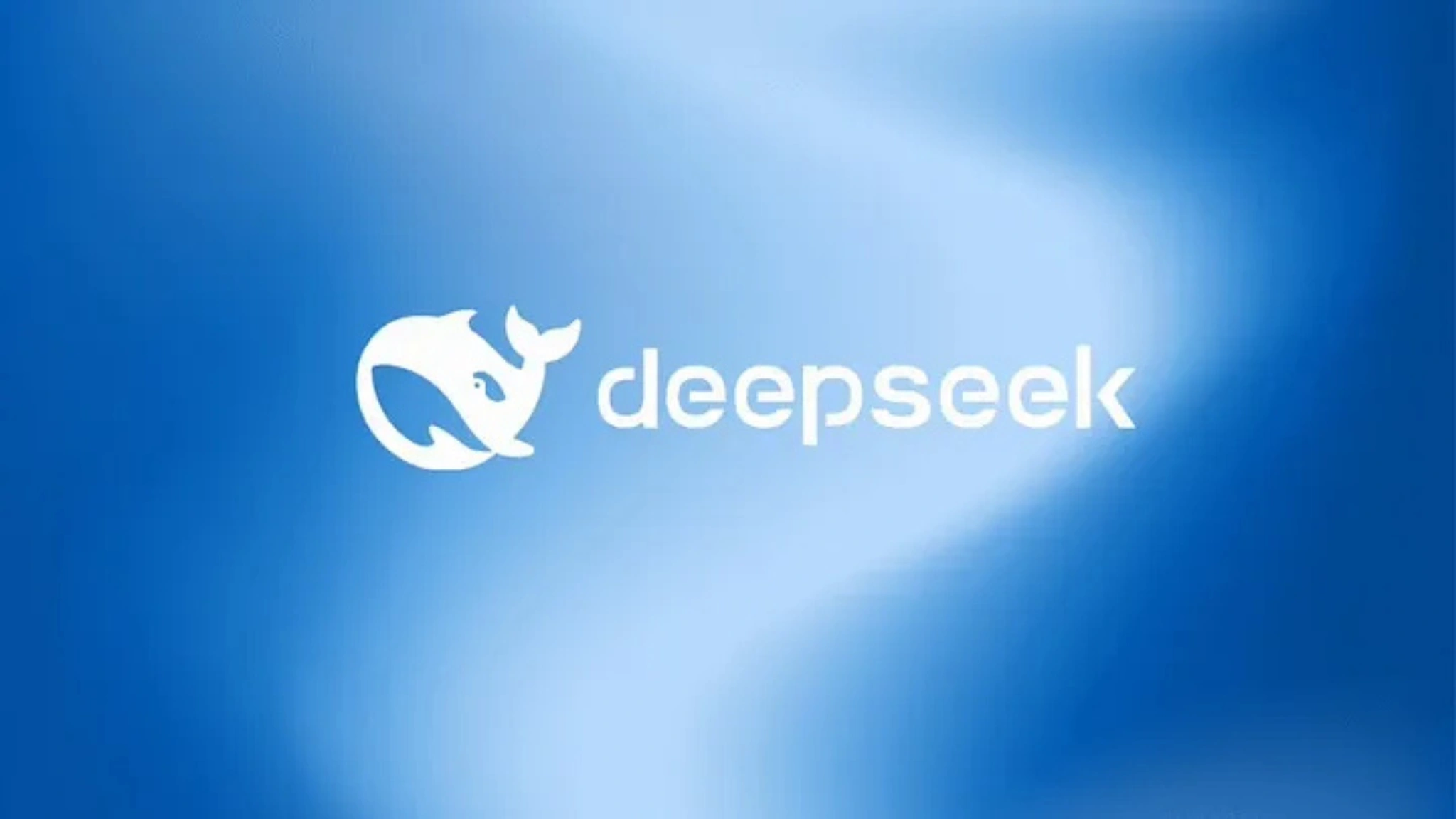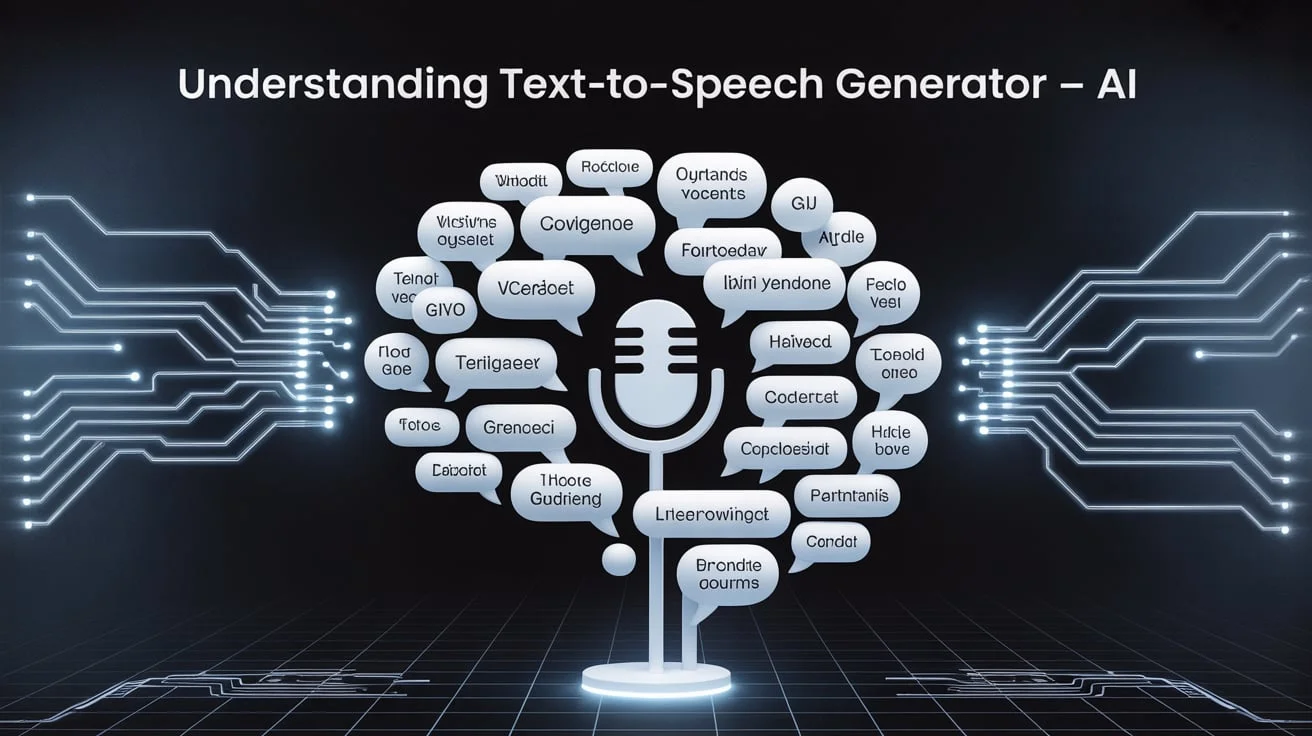DeepSeek LLM has set impressive standards by scoring 73.78% on HumanEval coding tests and 84.1% on GSM8K problem-solving tasks. This open source LLM uses only 37 billion parameters out of its total 671 billion for each task, which makes local deployment quick and simple. The system works with up to 128K tokens and supports both English and Chinese languages, setting it apart in the digital world.
Local deployment becomes more appealing with DeepSeek’s economical solutions. The DeepSeek R1 variant costs 95% less to train and deploy than proprietary models and delivers better results in math and reasoning tasks. Developers should understand everything in DeepSeek’s local deployment to avoid common pitfalls and optimize performance based on their needs.
Understanding DeepSeek LLM Architecture

DeepSeek LLM’s foundation is built on the Mixture-of-Experts (MoE) architecture that activates specific parts of neural networks for different tasks. This smart design has 671 billion parameters, but only needs 37 billion of them during each forward pass.
MoE System and Parameter Management
We designed the MoE framework with expert segmentation and shared experts isolation. DeepSeek can process up to 128K tokens with this architecture. On top of that, it uses Multi-head Latent Attention (MLA) which makes training and inference more economical.
Hardware Requirements for Local Deployment
Different model variants need different hardware setups:
| Model Variant | Parameters | VRAM Required | Recommended GPU |
| DeepSeek-R1 | 671B | ~1,342 GB | Multi-GPU (A100 80GB x16) |
| Distill-Qwen-1.5B | 1.5B | ~3.5 GB | RTX 3060 12GB+ |
| Distill-Qwen-7B | 7B | ~16 GB | RTX 4080 16GB+ |
| Distill-Llama-70B | 70B | ~161 GB | <citation index=”5″ link=”https://nodeshift.com/blog/a-step-by-step-guide-to-install-deepseek-r1-locally-with-ollama-vllm-or-transformers-2” similar_text=”The minimum system requirements for running a DeepSeek-R1 model: – Disk Space: 500 GB (may vary across models) – Jupyter Notebook or Nvidia Cuda installed. – GPU Configuration requirements depending on the type of model are as follows: Model |
Resource Optimization Techniques
The model works with multiple deployment frameworks. Developers can pick Ollama for quick local setup, vLLM for memory-efficient inference, or Transformers when they need maximum flexibility. The system also uses FP8 mixed precision training, which works well for large-scale model deployment.
You can deploy the architecture offline through pipeline processing or online with LMDeploy, which smoothly integrates with PyTorch-based workflows. The system speeds up inference through Multi-Token Prediction (MTP) and speculative decoding.
Monitoring and Scaling Solutions with DeepSeek LLM
Developers just need to tackle several technical hurdles when deploying DeepSeek LLM locally to get optimal performance. The biggest problems are memory management, GPU utilization, and network configuration.
Memory Management Issues
Memory capacity is the main bottleneck that limits DeepSeek deployment. The model just needs at least 2 TBs of GPU HBM with fp16 precision. The KV cache takes about 1 MB for each token and this can grow into terabytes as concurrent requests and prompts increase.
GPU Utilization Challenges
IO-bound computation happens with low batch sizes and this leads to poor GPU usage. The model’s design requires careful hardware choices – smaller variants like DeepSeek R1-8B just need 8 GB of compatible GPU VRAM. Apple Silicon users must have at least 16 GB memory.
These challenges can be solved by:
- Using gradient checkpointing for training scenarios
- Keeping track of GPU memory during inference
- Setting the right batch sizes to optimize workload
Network Configuration Problems
Network issues can affect model performance by a lot. The model doesn’t work well with poor internet connectivity or unstable connections. Server-side problems show up as:
| Issue Type | Impact |
| Latency | Delayed response times |
| Connection Timeout | Failed API requests |
| Server Outages | Service disruption |
Error handling is vital to manage these issues. A resilient implementation should handle CUDA memory errors and connection timeouts properly. Adding retry logic and logging unexpected errors helps keep the system stable.
Optimizing Local Performance with DeepSeek LLM
DeepSeek LLM’s performance gets better with advanced quantization techniques and smart resource management.
Model Quantization Strategies
DeepSeek’s FP8 mixed precision training framework is a breakthrough in model optimization. This method cuts down memory and computational costs through detailed quantization. The AWQ quantization method now supports 4-bit precision and runs faster than regular GPTQ methods. The framework stays stable with better accumulation precision, which leads to reliable model performance.
Batch Processing Implementation
Model size and available resources determine batch processing capabilities. The 7B model on a single NVIDIA A100-40GB GPU can process batch sizes up to 16 with 256-token sequences. The 67B version runs on 8 NVIDIA A100-40GB GPUs and handles similar batch sizes but needs careful memory management. DualPipe algorithm makes pipeline parallelism better by combining computation and communication phases.
Caching and Load Balancing
Context Caching on Disk technology stands out as a key performance booster. The system caches popular content on distributed disk arrays and cuts API costs by 90% when input is reused. First token latency drops from 13 seconds to 500 milliseconds for 128K prompts. The cache brings several advantages:
- Context cache hits help multi-turn conversations
- Recurring queries boost data analysis tasks
- Code analysis and debugging respond faster
A bias-based dynamic adjustment strategy balances loads well without affecting accuracy. The system splits prefilling and decoding stages to optimize inference and uses modular deployment strategies that keep latency low.
Advanced Deployment Strategies for DeepSeek LLM
Containerization and orchestration help discover the full potential of DeepSeek LLM deployment. Docker and Kubernetes integration makes flexible scaling and resource management possible.
DeepSeek LLM: Docker Container Optimization
The right base image choice starts Docker optimization. The vLLM OpenAI base image has all dependencies and drivers needed for DeepSeek deployment. Multi-stage builds separate build environments from runtime environments and cut final image sizes by up to 90%. A well-structured Dockerfile layer setup boosts caching and build times.
Kubernetes Integration Best Practices
Amazon EKS Auto Mode makes DeepSeek deployment easier by handling the infrastructure. The deployment needs:
| Component | Configuration |
| NodePool | GPU-enabled with NVIDIA drivers |
| Namespace | Dedicated for DeepSeek workloads |
| Service | Load balancer with port forwarding |
Custom node pools with GPU support and readiness probes set to 120-second delays boost performance. This setup will give a stable model loading process and better resource usage.
Monitoring and Scaling Solutions with DeepSeek LLM
Azure Monitor’s live tracking helps learn about resource usage patterns. The vLLM server uses 90% of GPU memory while utilization hits 100% under constant load. These metrics help create better autoscaling policies:
- Set scaling thresholds based on GPU usage
- Define concurrent request limits
- Change instance counts during peak times
SGLang deployment framework adds more optimization features like MLA optimization and FP8 KV cache capabilities. The system needs regular resource checks and detailed performance logs to stay stable.
Conclusion
DeepSeek LLM is a powerful solution you can deploy locally. Its MoE architecture activates only 37 billion parameters from a 671 billion parameter base. We found everything in successful local deployment through hands-on testing – from hardware needs to advanced ways to use containers.
The core team focused on these technical aspects:
- Memory management and GPU usage optimization
- Model quantization and batch processing setup
- Context caching and load balancing methods
- Docker container tweaks and Kubernetes setup
These deployment approaches cut operational costs by a lot and keep performance high. FP8 mixed precision training works with AWQ quantization methods to speed up inference and use resources better. The DualPipe algorithm and Context Caching on Disk technology make DeepSeek work especially well in production setups.
DeepSeek’s architecture offers many more ways to scale and optimize. Local LLM deployment becomes more available to development teams as GPU tech improves and deployment tools mature. This detailed knowledge of DeepSeek’s deployment enables developers to build reliable, economical AI applications without common setup issues.




